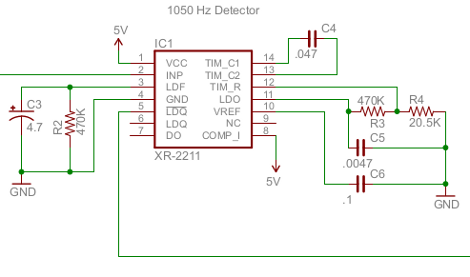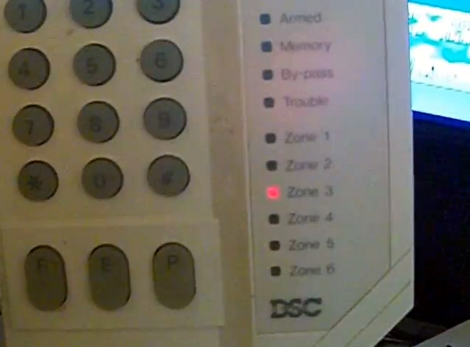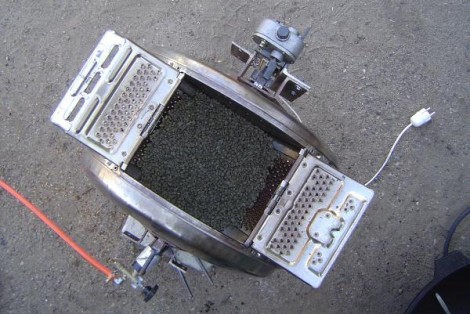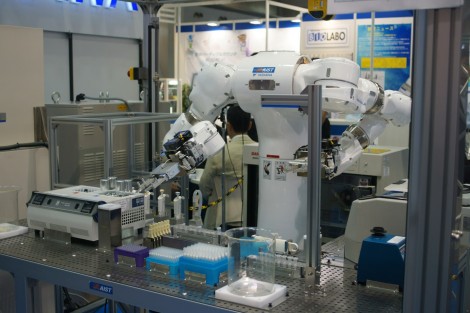
We had a lot of fun with that title. Of course when you’re talking about launching a thousand ping pong balls into space there’s no end to the puns which can be made. But this is actually a fantastic initiative to get people of all ages excited about science and near-space experiments. [John Powell] offers school children the opportunity to send an experiment into space. He’s Kickstarting the next launch, which is scheduled to take place in September. This way each entrant can fly their project for free, then get the results and a certificate back once the weather-balloon-based hardware is recovered.
There is one size restriction for the program. Each experiment must fit inside of a ping pong ball. But you’ll be surprised what can be accomplished. [John] reports that the most simple, yet interesting project is to place a small marshmallow inside the ball. As it rises through the atmosphere it will grow to fill the entire ball, then be freeze-dried by the the extreme temperatures. Some are not so low-tech. There’s an image of a tiny PCB holding a DS1337 and some sensors. It’s an atmospheric data logger that will provide plenty of information to analyze upon its return.
[via Hacked Gadgets]
















